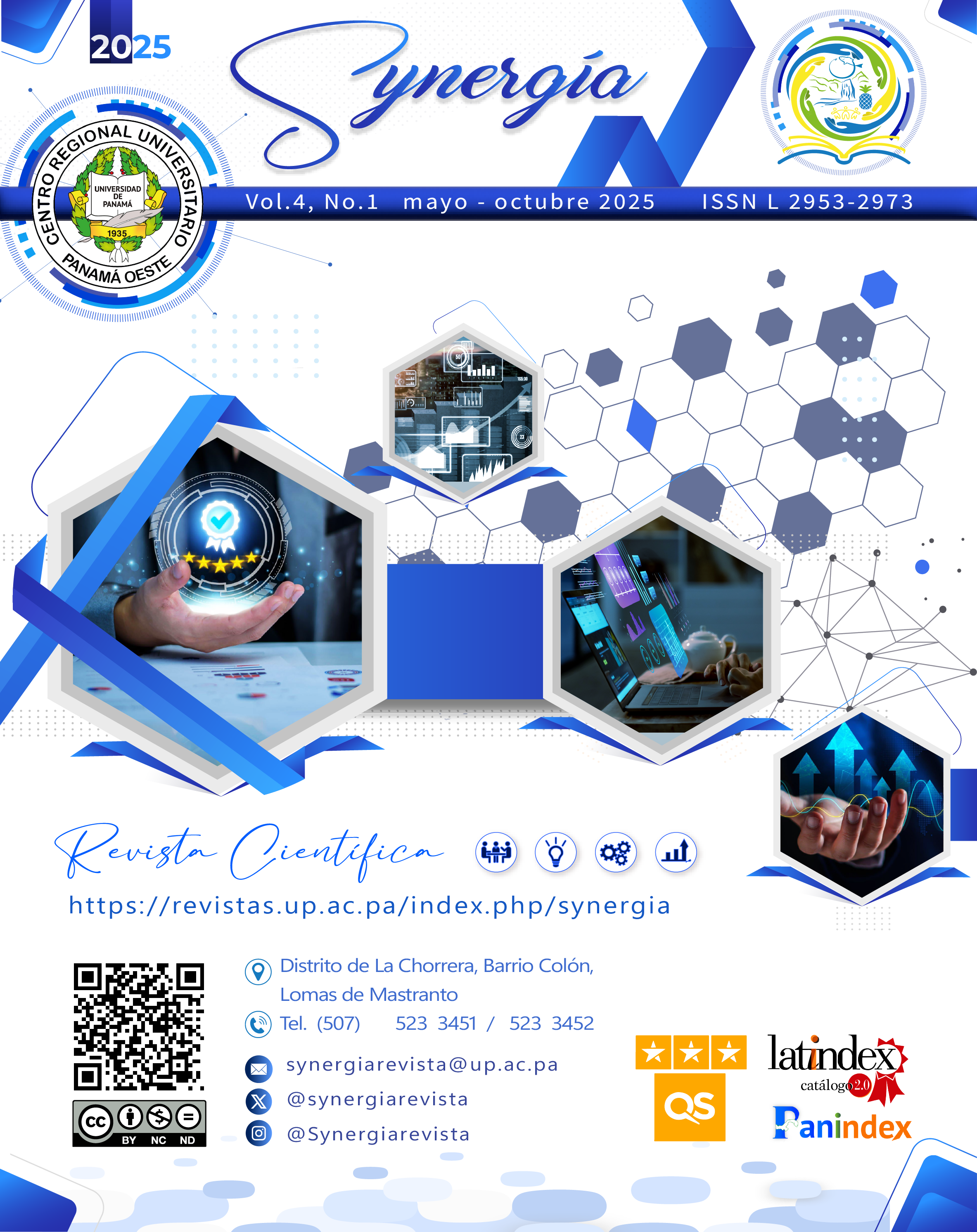

Copyright (c) 2025 Synergía

This work is licensed under a Creative Commons Attribution-NonCommercial-ShareAlike 4.0 International License.
Worldwide, diseases are a public health problem, especially those that are considered Communicable Diseases, due to the spread they can have in an area by the vectors that contain them. The purpose of this study is to identify and analyze the factors for the development of a plan for the reduction of breeding sites of mosquitoes that transmit Dengue in the community of Farallón de la Pintada, through a survey carried out on the inhabitants of the area, in addition to the search for information that allows real solutions to be given to the inhabitants of the area. It is a quantitative, descriptive and cross-sectional research, where the socioeconomic, geographical and environmental characteristics of the area are identified to establish strategies used in other places that can help prevent the proliferation of vectors of this disease in the area. Among the results obtained, the need to alert the population about the potential public health problem that Dengue represents is highlighted, a role that must be assumed, not only by public health entities, but also by education entities and NGOs that participate in community aid, because the segment of the vulnerable population is the one that has less purchasing income and quality of life. The strategies mentioned in the study are: informing the population and preventing the proliferation of vectors in the areas, through the dissemination of effective information (actions) that prevent insects from spreading.